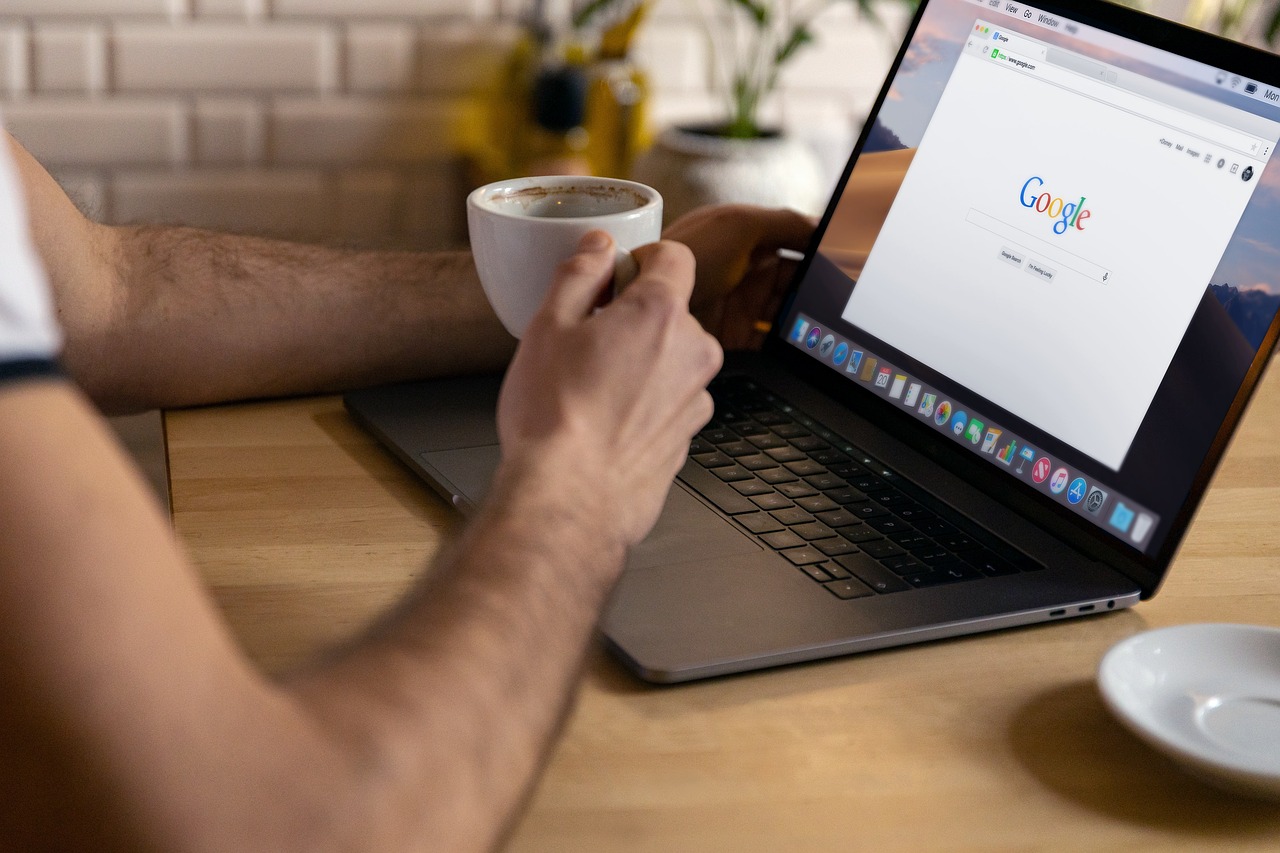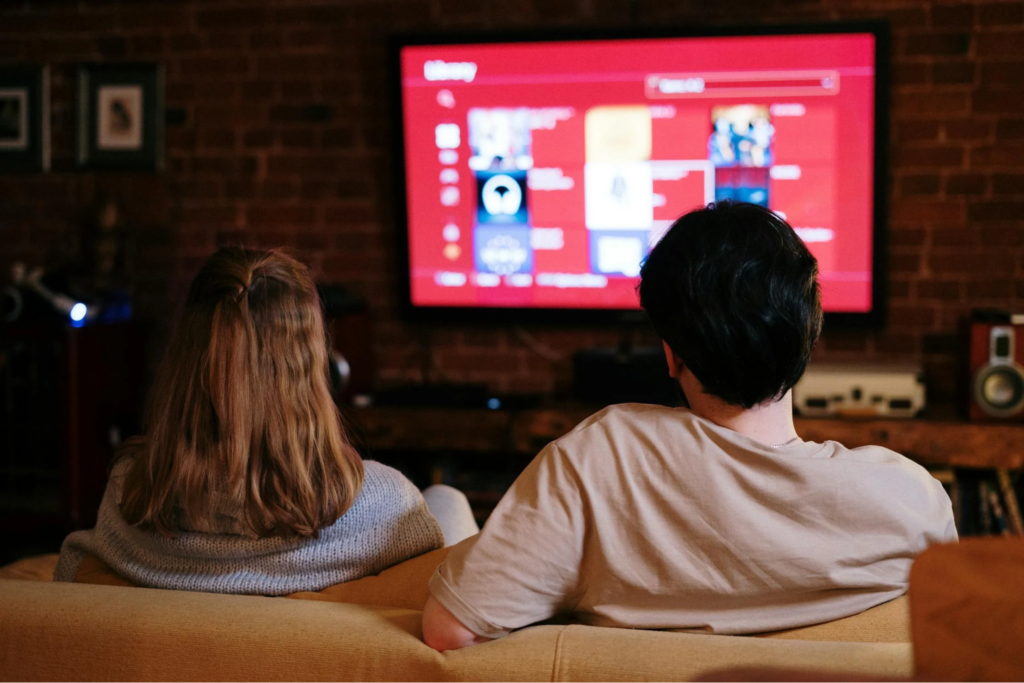Discovering the benefits of digital technology has made screen time an integral part of everyday life. Whether you’re working on a computer, watching television, or scrolling through your smartphone, exposure to screens is nearly constant for many people. While the convenience and entertainment value are undeniable, prolonged exposure to screens brings specific concerns. One of the most significant issues that has come into focus is the effect of blue light on eye health. Understanding how blue light impacts the eyes and taking proactive measures to protect them is essential, especially in a world where screen time continues to increase.
The Impact of Blue Light on Your Eyes
Blue light is a short-wavelength, high-energy light that comes from digital screens, LED lighting, and the sun. While exposure to natural blue light during the day helps regulate your circadian rhythm and boosts mood and alertness, artificial blue light, especially from screens, can be more harmful than helpful. The main problem with blue light from screens is that it reaches deeper into the eye, potentially damaging the retina. This can cause symptoms like digital eye strain, headaches, and blurred vision. Prolonged exposure to blue light has also been linked to macular degeneration, which can lead to permanent vision loss in extreme cases. Another common issue is that blue light disrupts sleep patterns by suppressing melatonin production.
Digital Eye Strain: What Is It?
Digital eye strain, also known as computer vision syndrome, is a collection of symptoms related to prolonged screen use. These symptoms include dry eyes, blurred vision, headaches, and even neck and shoulder pain. Since most people blink less when they are looking at screens, their eyes become dry and irritated. Digital eye strain is not only uncomfortable but can also impact productivity, making it harder to focus on tasks and causing unnecessary fatigue. While eye strain is not a long-term threat to vision, it can significantly affect day-to-day comfort and work efficiency. For people with contact lenses seeking a permanent solution, laser eye surgery offers an effective and lasting way to eliminate the need for corrective lenses, while also reducing the strain caused by prolonged screen use. With laser eye surgery costs in the UK typically ranging from £1,200 to £3,000 per eye at leading clinics, many find this investment worthwhile given the long-term savings on contact lenses and glasses, alongside improved quality of life.
How Blue Light Affects Sleep
Many people are unaware of the impact that blue light has on sleep patterns. As mentioned earlier, blue light exposure from digital screens interferes with melatonin production, disrupting the body’s natural sleep cycle. When melatonin levels drop, it becomes harder to fall asleep, leading to poor sleep quality and fatigue.

This is particularly true for those who use their smartphones, tablets, or laptops before bed. There are simple steps to mitigate this effect. Reducing screen time in the evening and using apps or settings that filter blue light can help protect your sleep cycle. Another option is to consider blue light blocking sleep aids for instance. These aids, such as glasses designed to block blue light or light-filtering screen covers, can effectively reduce your exposure during evening hours, helping you maintain a natural sleep rhythm without sacrificing your screen time.
Protective Measures for Your Eyes
While blue light is unavoidable in today’s digital age, there are several protective measures that can help reduce its negative effects on your eyes. One of the most effective ways to reduce blue light exposure is by using specialized lenses or screen protectors that block or filter out harmful blue light. These solutions can significantly decrease the amount of blue light that enters your eyes while still allowing you to see your screen clearly. In addition to blue light-blocking technology, adopting good habits can go a long way in protecting your eyes. The 20-20-20 rule is a popular method where every 20 minutes, you take a 20-second break to look at something 20 feet away.
The Role of Lighting and Screen Settings
Lighting plays a crucial role in how your eyes handle prolonged screen exposure. Bright overhead lights or poor lighting can lead to glare, making it harder for your eyes to focus and contributing to eye strain.

Ensuring that your workspace is well-lit but not overly bright is essential for maintaining eye comfort during extended periods of screen time. Additionally, adjusting the settings on your screen to reduce brightness and contrast can help minimize strain. Many devices now come equipped with “night mode” or “dark mode,” which automatically reduces blue light emissions and adjusts the color scheme to warmer tones during evening hours.
Creating Healthy Screen Time Habits
In a world where screen time is nearly unavoidable, developing healthy habits around your screen usage is vital. This includes setting time limits on recreational screen time and being mindful of how much exposure you’re getting throughout the day. Whether you’re working or enjoying entertainment, take regular breaks to give your eyes a chance to rest. Another helpful strategy is to diversify your activities. Instead of always turning to a screen for relaxation, consider reading a book, going for a walk, or doing something creative.
Blue light from screens is an inescapable part of modern life, but there are several ways to protect your eyes and mitigate its effects. By being mindful of your screen time, adjusting your device settings, and using protective measures like blue light-blocking technology, you can minimize the risk of digital eye strain and ensure healthier eyes. Taking proactive steps to safeguard your vision is essential, especially as screens become increasingly integrated into work and leisure activities. Your eyes are vital to your overall well-being, and keeping them safe should be a top priority.


